The intersection of neuroscience and art has reached a fascinating new frontier with the emergence of brain-computer interface (BCI) technology in creative expression. Artists and technologists are collaborating to develop installations where audience brainwaves directly influence the artwork in real time. This groundbreaking approach transforms passive viewers into active participants, blurring the line between creator and spectator in ways never before possible.
At the core of these experimental projects lies EEG (electroencephalography) technology, which measures electrical activity in the brain through non-invasive scalp sensors. When audience members don these sleek, futuristic headsets, their neural oscillations become the brushstrokes of a collective masterpiece. The raw data of human consciousness - alpha waves associated with relaxation, beta waves linked to concentration, even the elusive gamma waves of heightened perception - all become part of the artistic palette.
The implications for participatory art are profound. Traditional gallery experiences maintain a clear separation between the artist's vision and the audience's interpretation. BCI art shatters this paradigm by making neural responses an integral component of the work itself. One particularly striking installation at Berlin's Neuroaesthetics Lab features a dynamic light sculpture that morphs according to the dominant brainwave patterns detected in the room. When most viewers enter meditative states, the installation pulses with soothing blue waves; when collective attention sharpens, the lights fracture into jagged golden spikes.
Technical challenges abound in this nascent field. Latency issues can disrupt the illusion of direct mind-control over artworks, while the noisy signals from consumer-grade EEG devices require sophisticated filtering algorithms. Pioneering artists like Dr. Elena Petrovna have developed machine learning systems that identify meaningful patterns from the neurological "chatter" of multiple viewers simultaneously. Her work demonstrates how raw brain data, when processed through creative algorithms, can generate astonishing visual and auditory compositions that feel intimately connected to the audience's mental states.
Ethical considerations emerge alongside the technological ones. Some critics question whether participants truly understand what neural data they're surrendering, while others worry about the potential for emotional manipulation through neuro-responsive art. Defenders argue that these installations actually promote unprecedented transparency - unlike social media algorithms that covertly shape user experiences, BCI art makes the human-machine interaction visible and tangible. The debate continues as the technology evolves.
The psychological impact on participants reveals fascinating dimensions of this art form. Many report feeling a strange sense of embodiment with the artwork, as if their private thoughts have materialized in public space. This phenomenon challenges conventional notions of artistic authorship while creating new forms of communal experience. At a recent Tokyo exhibition, visitors described the uncanny sensation of "seeing" other people's mental states translated into swirling colors and textures, fostering unexpected empathy among strangers.
Looking ahead, the convergence of BCI technology with augmented reality promises even more immersive experiences. Imagine walking through a city where buildings dynamically change their appearance based on the aggregate emotions of passersby, or attending concerts where the visual projections evolve according to the audience's neural rhythms. These possibilities hint at a future where our external environments become responsive extensions of our collective inner worlds.
As museums and galleries worldwide begin experimenting with neuro-responsive installations, questions about preservation arise. How does one archive an artwork that never exists in the same state twice? Curators are developing new documentation strategies that capture both the technological framework and the spectrum of possible audience-generated outcomes. This challenge underscores how BCI art fundamentally redefines not just creation, but the entire lifecycle of artistic works.
The commercial potential hasn't gone unnoticed by the entertainment industry. Several major studios are exploring BCI-enhanced films where plot branches or musical scores adjust based on viewer engagement levels. While purists worry about the dilution of artistic vision, proponents argue this represents the next logical step in storytelling - narratives that breathe and shift like living organisms in response to their audience.
Perhaps the most revolutionary aspect of BCI art lies in its democratization of creativity. In these neural collaborations, everyone contributes regardless of technical skill or artistic training. A child's wonder, a senior's nostalgia, an engineer's analytical focus - all become equal elements in the emergent composition. This radical inclusivity suggests we may be witnessing the dawn of a new artistic era where the boundaries between minds, machines, and aesthetics dissolve into something wonderfully unpredictable.
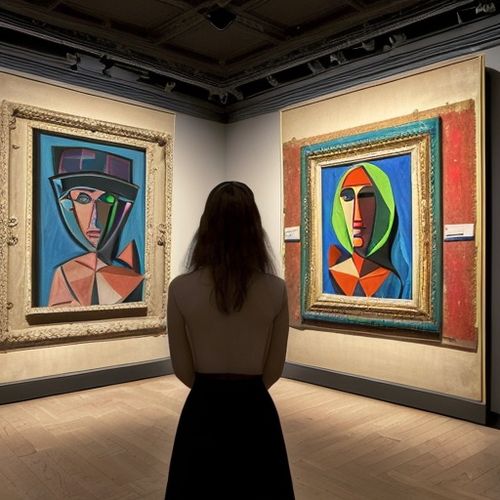
By James Moore/Apr 12, 2025
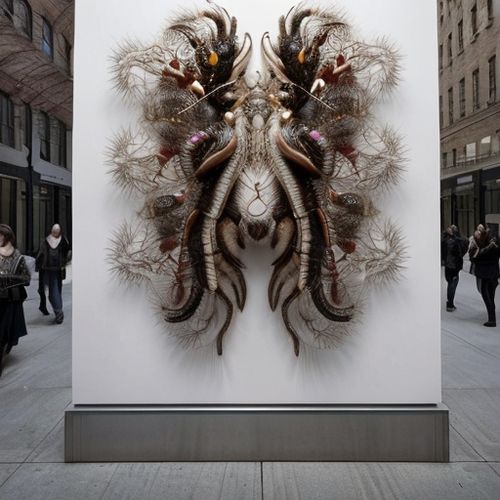
By Grace Cox/Apr 12, 2025
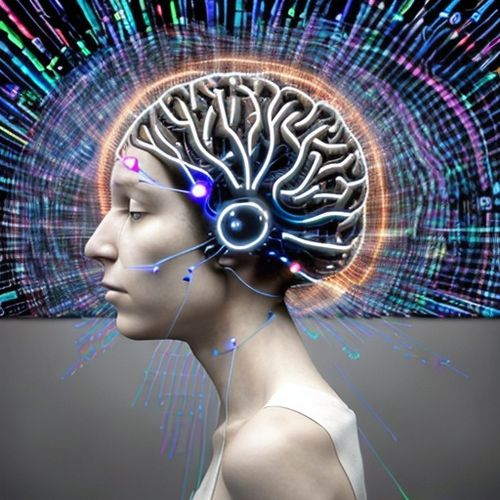
By Ryan Martin/Apr 12, 2025
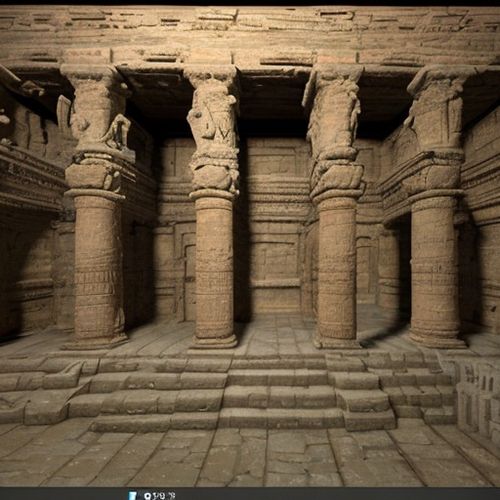
By Lily Simpson/Apr 12, 2025
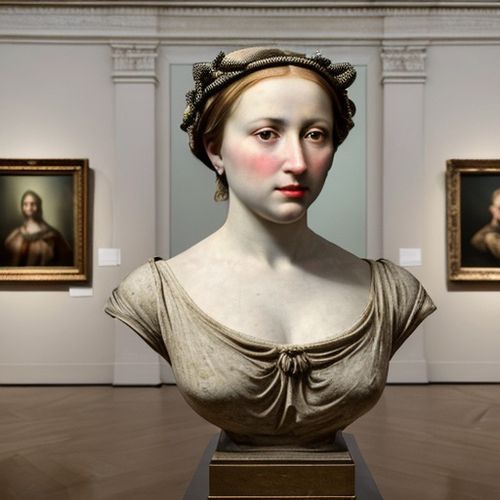
By William Miller/Apr 12, 2025

By Michael Brown/Apr 12, 2025

By Laura Wilson/Apr 12, 2025

By Emma Thompson/Apr 12, 2025
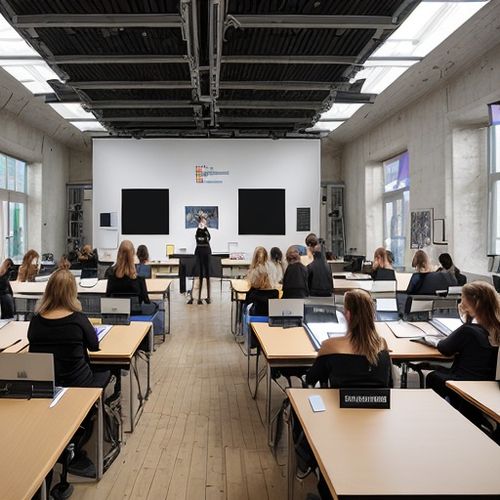
By James Moore/Apr 12, 2025

By Emma Thompson/Apr 12, 2025
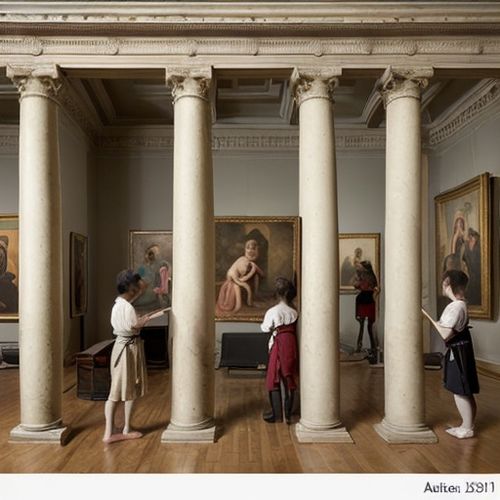
By Ryan Martin/Apr 12, 2025
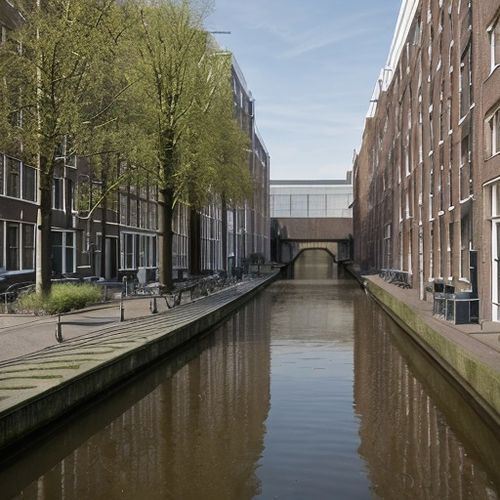
By Victoria Gonzalez/Apr 12, 2025

By William Miller/Apr 12, 2025
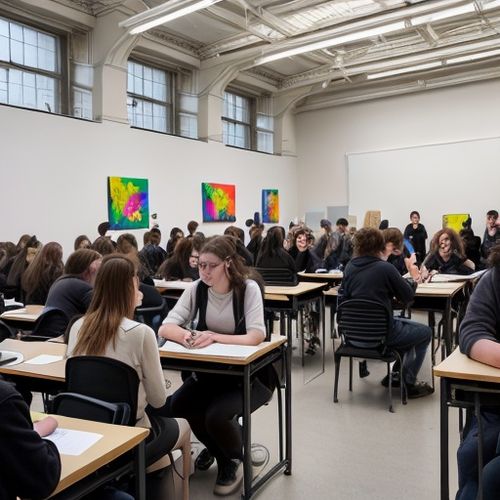
By Grace Cox/Apr 12, 2025
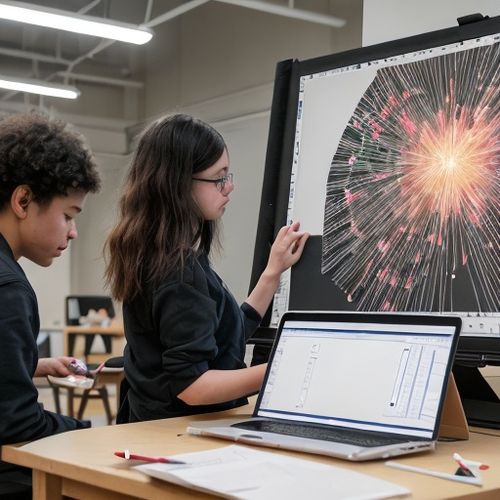
By Sophia Lewis/Apr 12, 2025
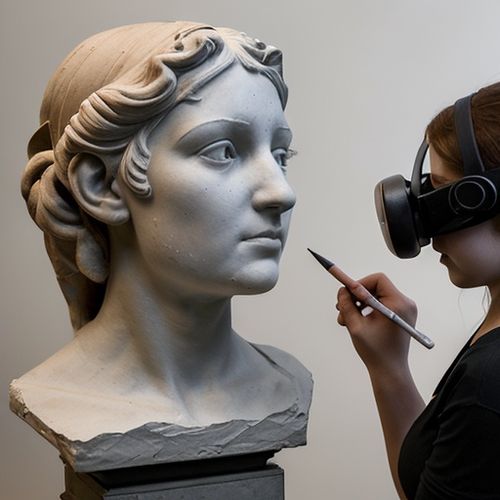
By Amanda Phillips/Apr 12, 2025
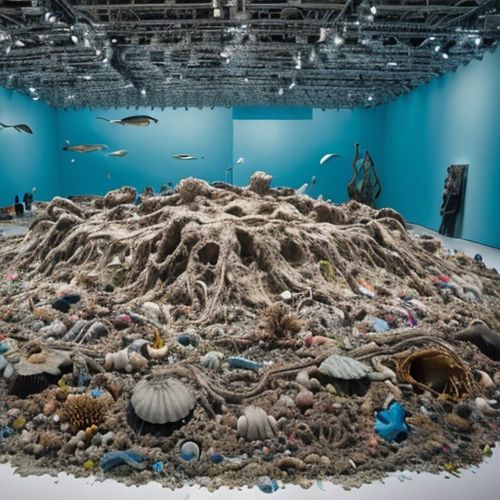
By William Miller/Apr 12, 2025
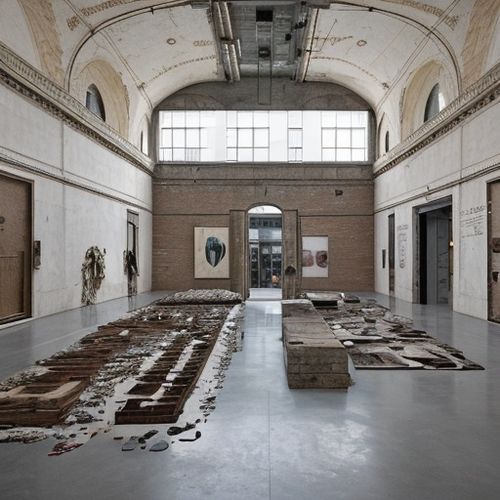
By Sarah Davis/Apr 12, 2025

By Jessica Lee/Apr 12, 2025
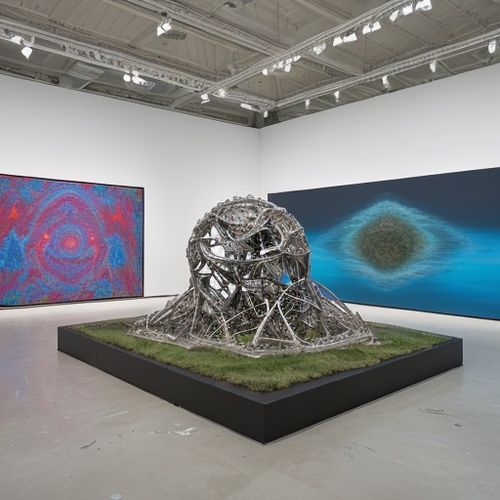
By Emma Thompson/Apr 12, 2025